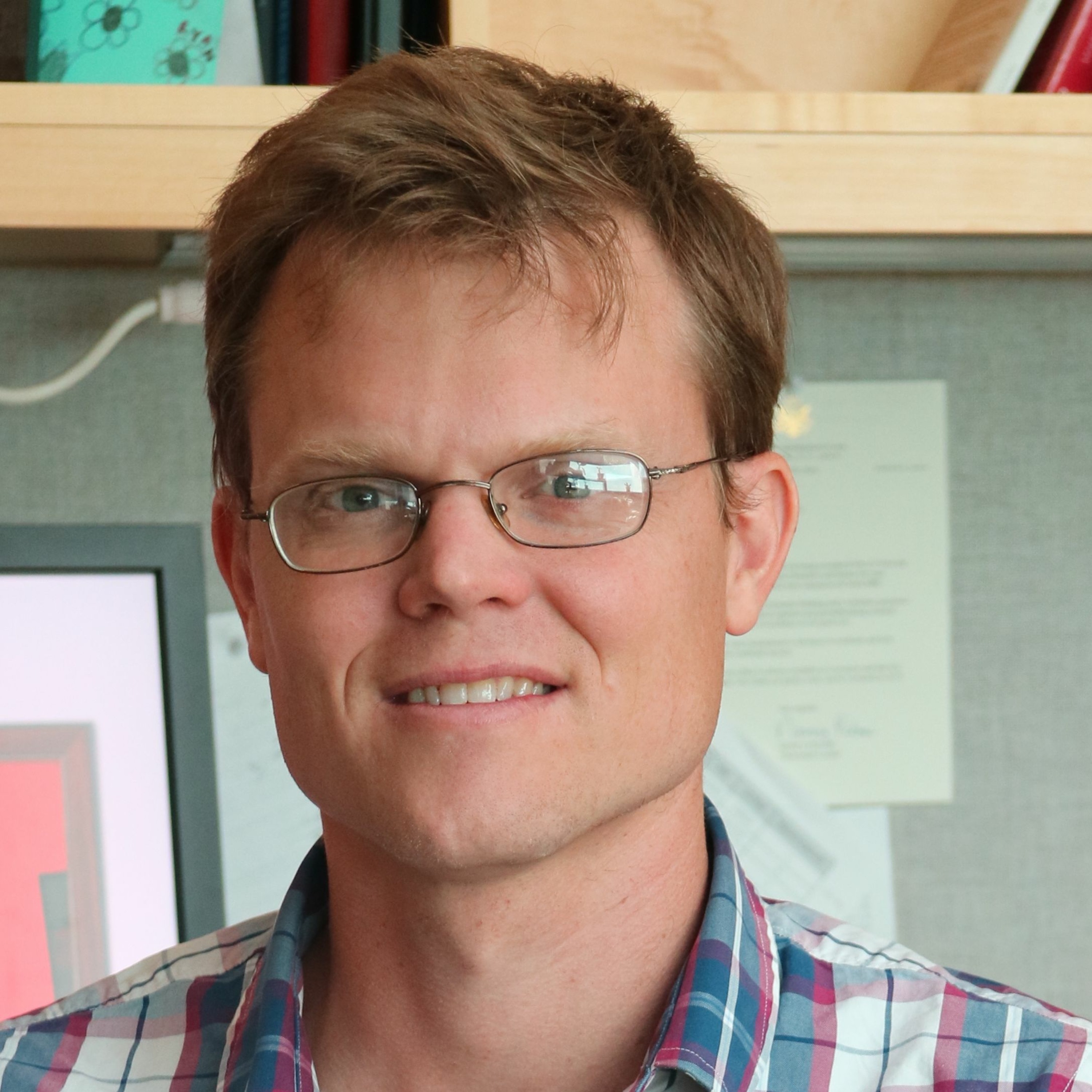New imaging technology to identify cancers that require aggressive therapy

A key challenge in treating some cancers is the ability to distinguish tumors that are likely to metastasize from indolent disease that can be managed with active surveillance. \n\nDr. Peder Larson has developed a non-invasive imaging method based on magnetic resonance imaging (MRI) to measure the rate at which a tumor creates lactic acid and transports it out of cells.\n\nIn this conversation he explains how the technology works and how he hopes to create imaging biomarkers to identify cancers that require aggressive therapy. \n\n3:13 \u2013 Peder Larson, PhD, is an Associate Professor in Residence and a Principal Investigator in the Department of Radiology and Biomedical Imaging at the University of California, San Francisco.\nHe\u2019s also a core member of the joint UC Berkeley\u2013UCSF Graduate Program in Bioengineering.\n\n4:13 \u2013 How oncologists use imaging data\n\n8:57 \u2013 How does MRI work?\n\n13:11 \u2013 How MRIs are used in treatment decisions\u2026\n\n15:56 \u2013 \u2026and some of their limitations\n\n17:44 \u2013 How we could use MRIs to understand cancer metabolism \n\n21:55 \u2013 On the special type of MRI focused on differences in metabolism, called Hyperpolarized carbon-13 magnetic resonance imaging, how it works, and why it\u2019s so cool\n\n25:43 \u2013 How he\u2019s improved this technology\n\n28:57 \u2013 The impact of ACS funding on cancer research\n\n31:25 \u2013 A message he\u2019d like to share with cancer patients, survivors and caregivers